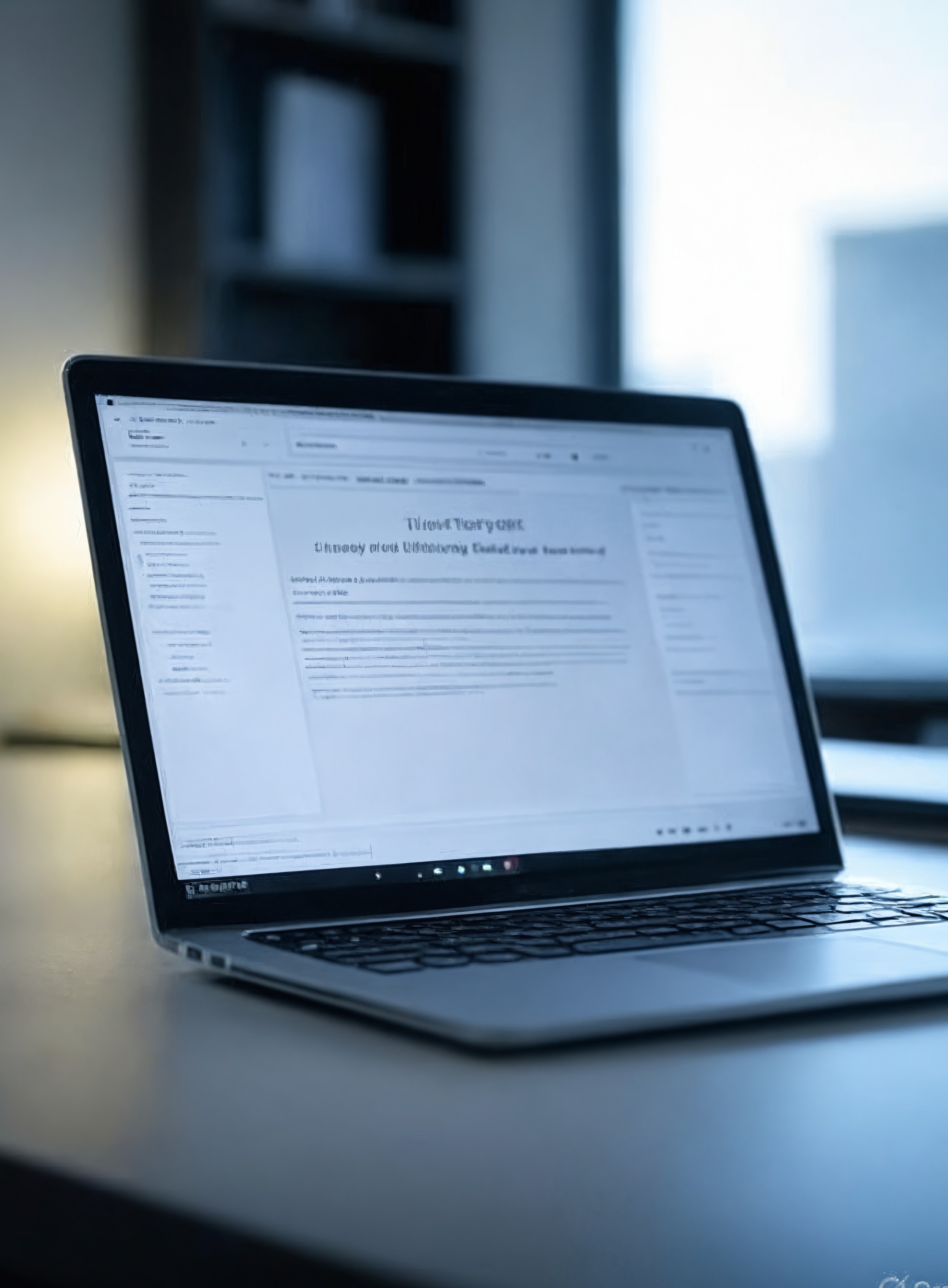
Stellantis Breach Exposes Auto Supply Chain Risks
Imagine building a vast empire on foundations you don't fully control. That's the reality for modern automakers like Stellantis, whose recent data breach through a third-party provider lays bare the fragility of interconnected systems. This incident isn't just a headline; it's a symptom of deeper issues in how companies handle data in an era of cloud reliance.
The breach stemmed from unauthorized access to Salesforce, a platform Stellantis used for customer service. Hackers, reportedly from the group ShinyHunters, claimed to have accessed contact information for about 18 million North American customers. Stellantis confirmed the compromise but emphasized that no financial or highly sensitive data was exposed. Yet the scale alone raises alarms, affecting a company that posted over $87 billion in revenue in the first quarter of 2025.
Such events force a reckoning with first principles: security isn't an add-on; it's the bedrock of trust. When automakers outsource critical functions to vendors like Salesforce, they inherit risks that can cascade unpredictably.
The Mechanics of the Breach
At its core, this was a supply chain attack. Hackers didn't breach Stellantis directly but exploited vulnerabilities in Salesforce's ecosystem. This mirrors incidents at other firms, including Cloudflare and Google, where similar weaknesses in third-party platforms led to data exposures.
ShinyHunters, known for high-profile hacks, publicized their claim of stealing millions of records. Stellantis responded by notifying affected customers and enhancing monitoring. But the breach highlights a fundamental mismatch: automakers excel at engineering vehicles, yet their digital defenses often lag behind the sophistication of cyber threats.
Consider the automotive sector's evolution. Cars today are rolling computers, connected to vast networks. Customer data flows through CRM systems like Salesforce to enable services from recalls to personalized marketing. When that pipeline leaks, the fallout extends far beyond the initial breach.
Broader Trends in Automotive Cybersecurity
This isn't an isolated case. Jaguar Land Rover recently halted production due to a cyber incident, underscoring a surge in attacks on the industry. Globally, automakers face escalating threats as vehicles become more digitized, integrating AI for autonomous driving and machine learning for predictive maintenance.
The reliance on enterprise SaaS platforms amplifies these risks. Salesforce powers customer interactions for countless firms, but its vast ecosystem creates multiple entry points for attackers. Experts point to a pattern: breaches often occur not through fortified front doors but via overlooked side entrances in the supply chain.
From a first-principles view, security demands zero trust. Assume every link in the chain could fail, and build redundancies accordingly. Yet many companies, including giants like Stellantis, have prioritized speed and scale over rigorous vetting of vendors.
Implications for Privacy and Trust
Customer Impact and Reputational Risks
For the 18 million potentially affected customers, the breach means heightened risks of phishing or identity theft, even if only contact information was compromised. Trust erodes quickly in such scenarios. Stellantis, formed from the merger of Fiat Chrysler and PSA Group, has built a reputation on innovation in electric and autonomous vehicles. A data mishap like this can undermine years of brand building.
Industry observers note that transparency becomes crucial here. Stellantis's decision to acknowledge the breach promptly helps, but ongoing communication about remedial steps will determine long-term recovery. In an age where data is currency, customers demand not just apologies but proof of systemic change.
Regulatory and Financial Ramifications
Regulators are watching closely. In the US and Europe, laws like GDPR and CCPA impose strict penalties for data lapses. Stellantis could face fines, especially if investigations reveal inadequate oversight of third-party risks. Financially, the breach might not dent quarterly revenues directly, but indirect costs—from legal fees to lost sales due to wary customers—add up.
Broader market insights reveal a sector under siege. With automakers investing billions in AI and machine learning for smarter vehicles, cybersecurity must keep pace. Failure to do so invites not just hacks but competitive disadvantages, as rivals who secure their ecosystems gain an edge in consumer confidence.
Expert Insights on Defending Against Supply Chain Attacks
Cybersecurity specialists advocate for a layered approach. Start with thorough vendor assessments: don't just check boxes; simulate attacks to test resilience. Adopt AI-driven threat detection, where machine learning algorithms spot anomalies in real-time, much like how autonomous vehicles use sensors to navigate obstacles.
Firms like CrowdStrike and Palo Alto Networks offer tools tailored for automotive and cloud environments. Darktrace's self-learning AI, for instance, could monitor Salesforce integrations for unusual patterns, potentially flagging breaches before they escalate.
Drawing from history, think of the Roman aqueducts—marvels of engineering that failed when distant sources were contaminated. Modern data flows require similar vigilance: secure the source, or the entire system suffers.
Future Predictions and Recommendations
Looking ahead, expect automakers to pour resources into cybersecurity. Stellantis and peers will likely embrace zero-trust models, verifying every access request regardless of origin. Blockchain could secure data sharing, ensuring tamper-proof records across vendors.
Predictions point to accelerated adoption of advanced tech: AI for predictive threat modeling, enhanced encryption for cloud platforms, and regular audits of SaaS providers. Regulatory bodies may mandate these steps, pushing the industry toward standardized defenses.
For companies, the recommendation is clear: integrate cybersecurity into core strategy. Train teams not just on compliance but on adversarial thinking—anticipate attacks as you would market shifts. Smaller players might collaborate on shared threat intelligence, turning individual vulnerabilities into collective strength.
In the enterprise SaaS realm, providers like Salesforce will face pressure to bolster their own security, perhaps through federated models where clients control more of their data destiny.
Key Takeaways on Building Resilient Systems
The Stellantis breach serves as a stark reminder that in interconnected worlds, no company is an island. Prioritize supply chain security to protect not just data but the trust that sustains business.
Embrace first-principles thinking: question assumptions about vendor reliability and build defenses from the ground up. Invest in AI and machine learning not as buzzwords but as practical tools for threat detection.
Ultimately, resilience comes from foresight. Automakers that treat cybersecurity as integral to innovation will thrive, while those who lag risk becoming cautionary tales in an increasingly digital landscape.
Comments
Read more

Instant Text to PDF: Privacy and Efficiency Redefined
Explore how new tools convert text to PDF instantly while prioritizing privacy, AI integration, and seamless workflows in a data-conscious world.

From SEO to GEO: Mastering AI-Driven Search
Explore the shift from traditional SEO to Generative Engine Optimization, with strategies for authority, content, and thriving in AI search landscapes.

AI's Role in Evolving Cyber Defense
Explore how AI automates threat response and open source drives innovation, reshaping cybersecurity through Cloudflare's Cloudy and Microsoft's journey.